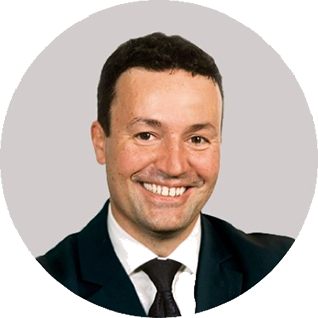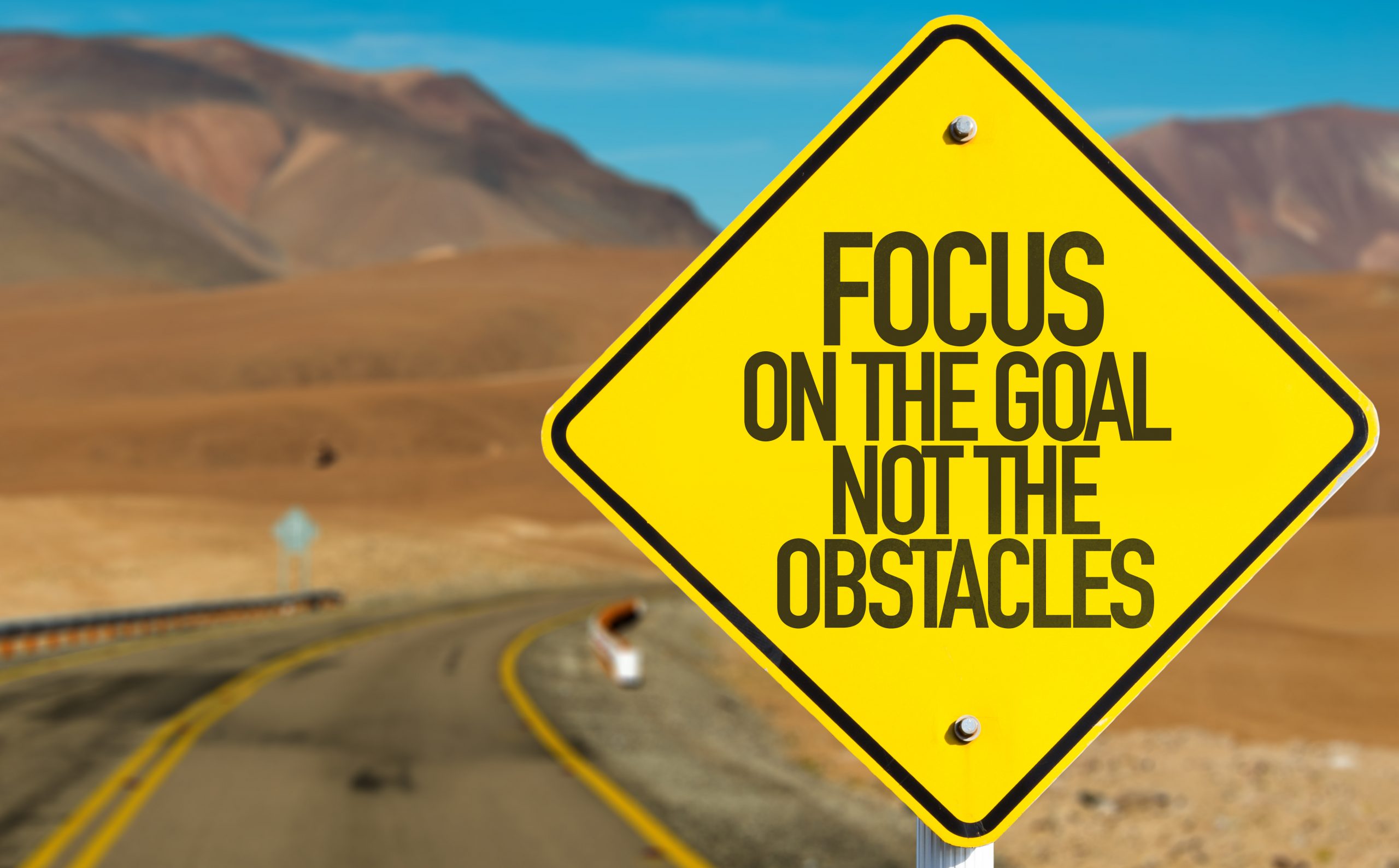What is a Transformation Lighthouse & Why Do We Need One?
Change is hard, change hurts. To have any realistic chance of success you have to make things as easy and as transparent as possible. Reflect for a moment on how hard it is to align a senior management team. Say we have a team of ten executives, each with a different background, temperament and training.
Daniel Kahneman teaches us that within each person there are two very different thinking systems. The so-called ‘Fast’ system is fast, instinctive and emotional. The ‘Slow’ system is slower, more deliberate and logical. And so, in effect, each executive contains two very different personas; let’s call them Self 1 (Fast) and Self 2 (Slow).
Our team of ten executives has now doubled. What’s worse, at any given time we don’t know which persona we’re dealing with. What that Susan’s Self 1 or Self 2 that just spoke? And which Self did Jason listen with? Under such circumstances, how do we ensure that we’re all seeing the same reality and gleaning the same lessons?
That’s why we need a Transformation Lighthouse – a visual place there we can see together, know together, and hopefully, act together. Here’s a common Lighthouse design:
- Wall 1 – What’s our Purpose?
- Who are and what to do we believe in?
- What’s our aspiration and why?
- What’s our overall winning logic?
- Wall 2 – What’s our Strategy?
- Key elements of our plan
- How are things going right now?
- What are the ‘watch-outs’ and what’s next?
- Wall 3 – Root Cause Problem Solving
- What are the biggest blockers?
- What are our countermeasure plans and who is leading them?
- What’s the status of countermeasure plans?
- What’s next?
- Wall 4 – Innovation Portfolio and Pipeline
- Usually, a large visual funnel comprising the different innovation swim lanes – (usually Efficiency, Sustaining and Disruptive innovation)
- Starting Gate – innovations ready to go and waiting for an opening
- Status of each innovation project
Lighthouse governance comprises setting up our ‘Operating Rhythm’ – essentially the Who, What, When, Where and Why regarding our senior leader stand-up meeting.
Why a ‘stand-up’ and not a typical ‘sit-down’ meeting? Because standing up reflects the Lighthouse Rules of Engagement:
- Respect for people
- Get to the point, and speak clearly and simply
- Don’t waste your colleagues’ time,
- Honesty and humility
- Full immersion – show and tell
- Problems are gold – make them visible
- Evidence-based management – test and validate,
- Idea meritocracy’ – as opposed to soft shallow ‘consensus’, or kowtowing to the HIPPO
All this is hard to do and usually entails a major cultural shift. At best, we partially succeed, and that makes all the difference.




